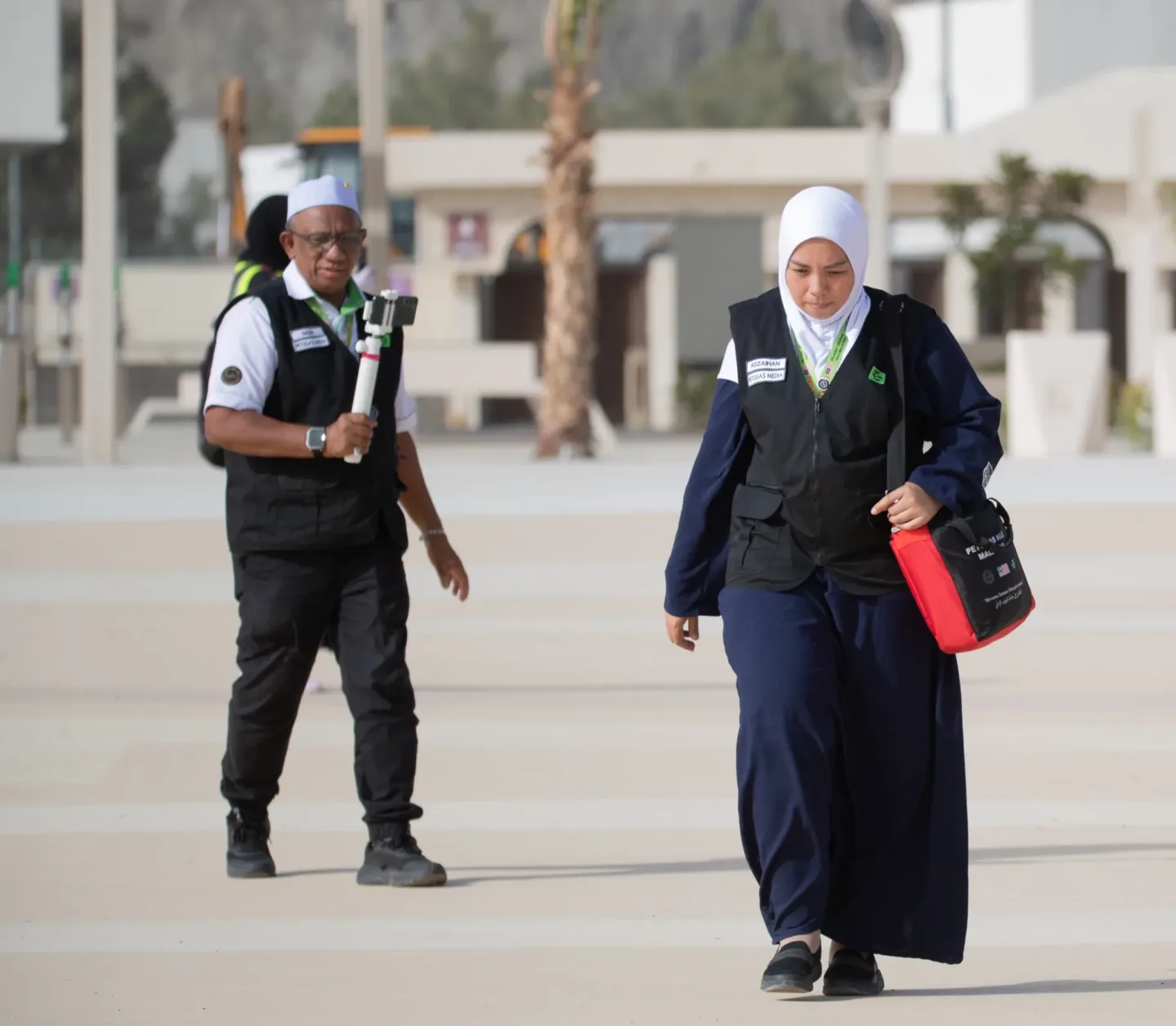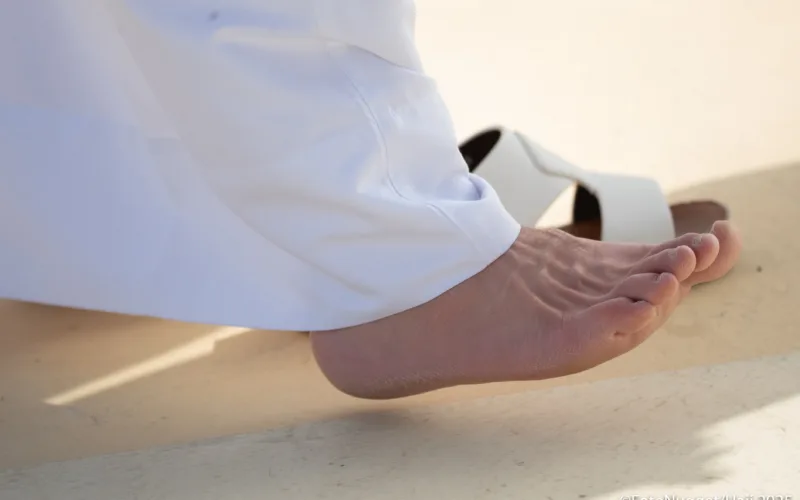Inaugurated by Saleh Al Jasser, Minister of Transport and Logistics Services and Chairman of the Roads General Authority, is aimed at enhancing comfort and mobility for the millions of pilgrims who gather in Arafat every year.
The roads have been repaved with innovative reflective materials that bounce back up to 40% more sunlight, effectively reducing surface temperatures by an estimated 12°C.
This substantial cooling is expected to improve heat management in one of Hajj’s most demanding stages and also contribute to lower energy use and reduced urban air pollution.
A standout feature of the project is the newly completed 4,000-metre cooled pedestrian walkway that leads directly to Mount Arafat.
Engineered to minimize vibration and enhance stability, the walkway is particularly beneficial for people with disabilities and elderly pilgrims, ensuring smoother, safer mobility throughout their journey.

This path now includes 16,000 square metres of flexible rubber asphalt, a 33% increase from previous years. This advanced surface—implemented between Namira Mosque and Arafat Train Station—enhances shock absorption, comfort, and safety, especially under heavy foot traffic during peak Hajj days.
According to the Road Research Centre, the rubberised roads have passed all necessary tests, confirming both their durability and usability for pilgrim crowds.
Further elevating the spiritual and environmental experience, authorities have introduced a 1,200-metre green corridor along the path.
Developed in collaboration with the Abdulrahman Fakieh Charitable Foundation, this shaded stretch features trees, mist-cooling systems, and drinking water fountains—offering pilgrims moments of relief and reflection during their time in Arafat.


 WhatsApp Channel
WhatsApp Channel
 Instagram
Instagram
 Facebook
Facebook
 X (Twitter)
X (Twitter)
 Google News
Google News